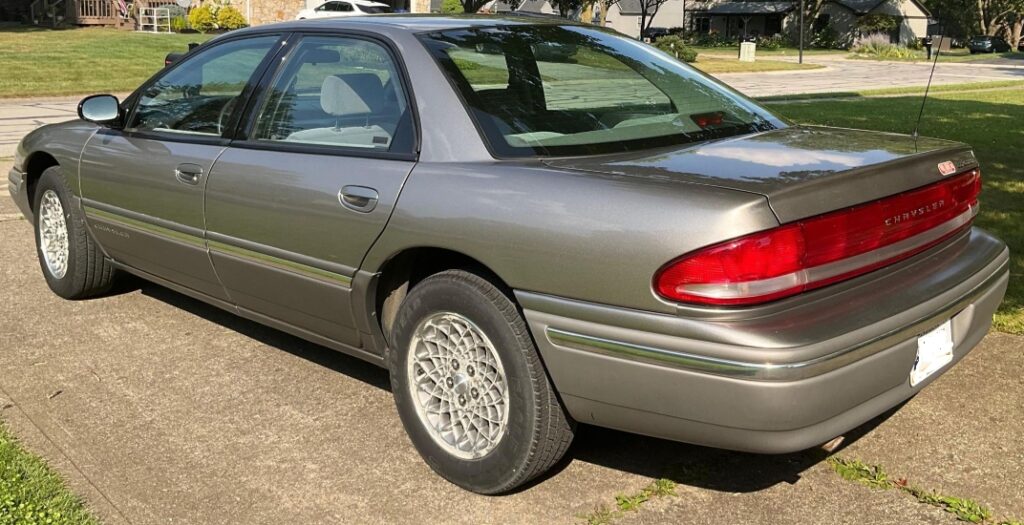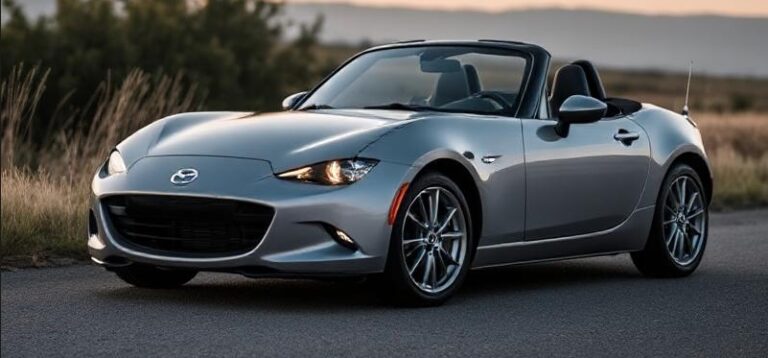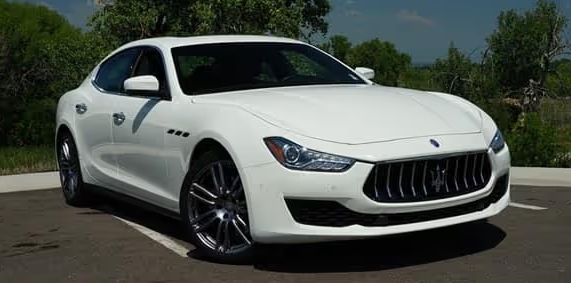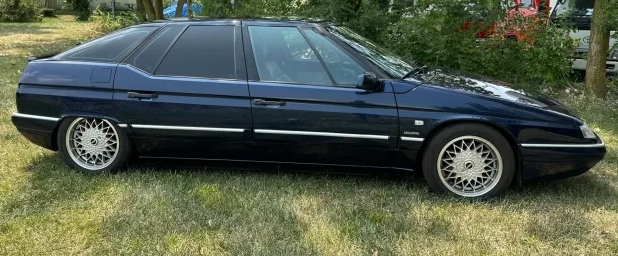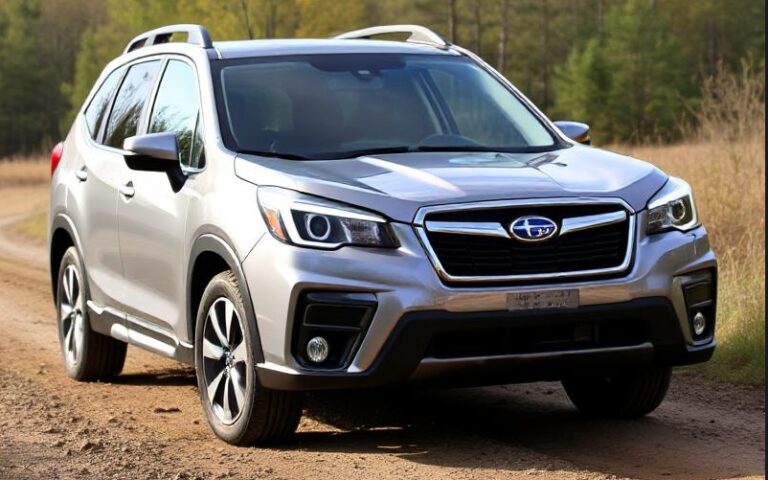The Evolution of the Chrysler LHS: A Comprehensive Overview
Introduction
The Chrysler LHS is emblematic of the brand’s attempts to merge luxury with performance in the mid-size sedan market. Known for its distinct styling, spacious interior, and technological advancements, the LHS played a pivotal role in solidifying Chrysler’s reputation in the automotive industry during the 1990s. This article delves into the evolution of the Chrysler LHS, highlighting its production years, features, trim levels, and its lasting impact on the automotive landscape.
Production Years
The Chrysler LHS was produced over two generations from 1994 to 2001, making a significant mark during its short but impactful life. The LHS emerged as part of Chrysler’s strategy to re-establish its brand identity, creating a lineage of vehicles that appealed to both luxury and performance-driven consumers.
First Generation (1994-1997)
The LHS made its debut in 1994 as a bold reimagining of the traditional full-size sedan. Positioned above the Chrysler Concorde, the LHS was intended to compete not just with domestic brands but also with European luxury sedans. The first-generation LHS made headlines with its distinctive design, characterized by a long hood, pronounced front grille, and high beltline.
Trim Levels and Features
The first-generation LHS was offered in a single trim level upon its launch. Key features included:
- A powerful 3.5-liter V6 engine, producing around 250 horsepower.
- An advanced four-speed automatic transmission.
- Full leather upholstery, adding to its luxury quotient.
- A spacious cabin with room for five passengers, complemented by state-of-the-art (for the time) technological elements such as an optional premium audio system, integrated climate controls, and an advanced navigation system.
- Safety features like anti-lock brakes and dual front airbags.
In 1996, Chrysler upgraded the LHS line with additional options but maintained the primary configuration, ensuring that it remained one of the most technologically adept sedans of its time.
Second Generation (1999-2001)
Chrysler revamped the LHS for the 1999 model year, focusing on enhancing its appeal through design and technology. This second generation lasted until 2001 and introduced several design changes along with new features.
Body and Design
The second-generation LHS echoed the design language of the late 1990s, with a more modern and aggressive stance. The car’s silhouette was sleeker, featuring a more aerodynamic profile which was increasingly in line with consumer expectations for contemporary vehicles.
Trim Levels and Features
For its second generation, the Chrysler LHS continued to be offered primarily as a single trim level, but with a more extensive options list:
- The engine was upgraded to a new 3.5-liter V6 engine with 253 horsepower, providing a more dynamic driving experience.
- Improved interior finishes with available wood and leather accents.
- Advanced safety features, including side-impact airbags and enhanced electronic stability control.
- Luxurious appointments like heated front seats, a premium sound system, and advanced climate controls.
In terms of performance, the LHS was designed to provide a smooth ride with a focus on comfort rather than outright sportiness, thus catering to its target market of luxury sedan buyers.
Performance and Reception
Throughout its production, the Chrysler LHS garnered mixed reviews from critics and consumers. The initial reception was positive, with praise for its spacious interior, array of features, and unique styling. However, as competitors improved their offerings, the LHS faced challenges in maintaining market relevance.
The first generation was particularly noteworthy for its innovative approach to design and vehicle dynamics. Many consumers appreciated the LHS for its smooth ride and comfortable interior, viewing it as a viable alternative to more traditional luxury sedans.
Conversely, by the time the second generation was released, critics noted that the competition had become fiercer, with brands like Toyota, Honda, and even fellow American automakers producing compelling alternatives. While the second-generation LHS continued to cater to a specific market segment, it struggled to ignite the same buzz that the initial launch had generated.
.
THIS could come in handy for your auto garage (and everywhere else!).

.
Conclusion
The Chrysler LHS exemplified a transformative period for Chrysler in the 1990s and early 2000s. With its bold design, packed with advanced technology, the LHS sought to carve out a niche in the luxury sedan market. While it experienced initial success, the shift in consumer preferences and heightened competition ultimately led to its discontinuation in 2001.
Despite its relatively short production run, the Chrysler LHS left a lasting legacy, influencing the way luxury features are integrated into mid-size vehicles today. The sedan’s unique design and focus on comfort and innovation have influenced subsequent models within the Chrysler lineup and beyond.
As Chrysler continues to evolve, the LHS serves as a reminder of the brand’s ambition during a transformative era in American automotive history. While the model may no longer be in production, its contributions to the luxury sedan segment remain significant and reflect the ever-changing landscape of consumer expectations in the automotive world.
